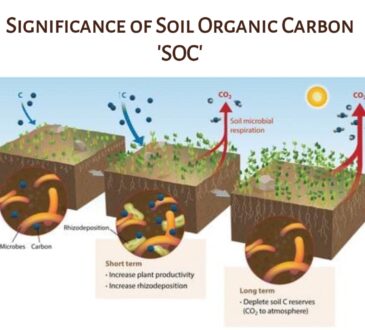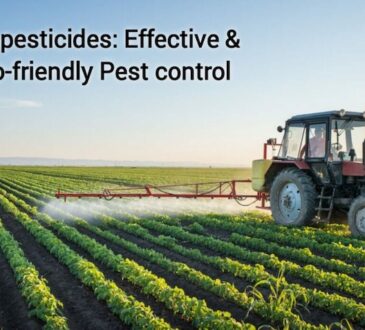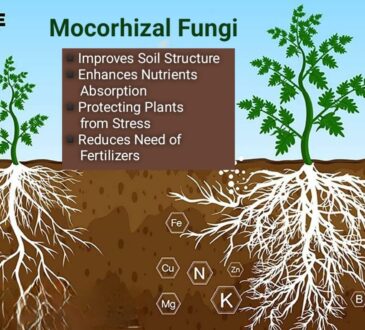
The Concept of “Hidden Hunger” in Agriculture and Malnutrition of Humens!
Hidden hunger in plants refers to the deficiency of essential micronutrients such as iron, zinc, copper, manganese, and iodine that are required for proper growth and development of the plant, but yet has no deficiency symptoms and are present in very small quantities in the soil. Even though these micronutrients are required in very small amounts, their deficiency can have a significant impact on plant growth, crop yield, and ultimately, human health.

When plants don’t have access to enough micronutrients, they suffer from various nutrient deficiencies that can impact their growth and development. For example, iron deficiency can lead to yellowing of leaves and stunted growth, while zinc deficiency can cause malformed leaves and reduced growth. These deficiencies can result in lower crop yields and reduced nutritional quality of the crops.
When humans consume crops that are deficient in essential micronutrients, they can suffer from a condition known as micronutrient malnutrition or hidden hunger. This can lead to various health problems such as anemia, impaired cognitive function, and increased susceptibility to infectious diseases. For example, iron deficiency can cause anemia and weakened immunity, while zinc deficiency can lead to impaired growth and development in children, and increased susceptibility to infections.

Micronutrient malnutrition is a serious global health problem, affecting millions of people worldwide, especially in developing countries where diets are often based on staple crops that are deficient in essential micronutrients. The World Health Organization estimates that over 2 billion people suffer from micronutrient malnutrition, with iron, zinc, and vitamin A deficiencies being the most common.

To address the issue of hidden hunger and improve human health, various strategies have been developed, such as biofortification of crops, which involves breeding crops to be more nutritious by increasing their content of essential micronutrients. Other approaches include soil nutrient management, micronutrient supplementation, and dietary diversification. These strategies can help to ensure that people have access to a diversified and nutritious diet, which is essential for good health and wellbeing.
©Rahul Padwal , Pune, India 🇮🇳
Sustainable Agri World
#soilhealth #organicmnure #wastanagement #health #biofertilizers
#organicfertilizer #agriculture




